- Home
- Raw Materials
- Plastics
- Plastic Sheets Bars
.....Read More

ABS - Impact-Resistant Sheets & Bars
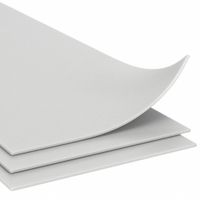
Acetal Comopolymer - Wear-Resistant Machinable Sheets & Bars
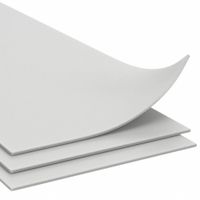
Acetal Homopolymer - Wear-Resistant Machinable Sheets & Bars
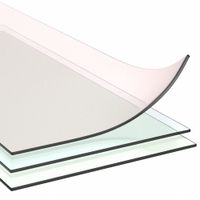
Acrylic - Choose-a-Color Sheets & Bars
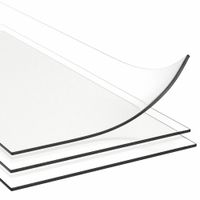
Acrylic - Clear Scratch-Resistant Sheets & Bars

HDPE - Moisture-Resistant Sheets & Bars

LDPE - Flexible Sheets & Bars
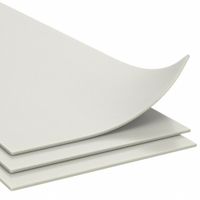
Nylon - Wear-Resistant Machinable Sheets & Bars
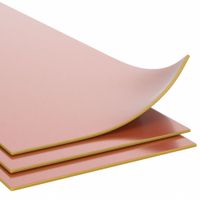
PAI - High-Strength Sheets & Bars

PEEK - Wear-& Chemical Resistant Sheets & Bars
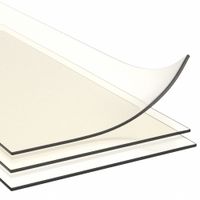
PEI - Electrically Insulating Sheets & Bars
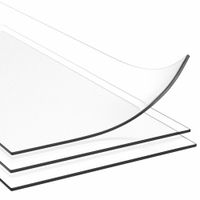
PETG - Clear Chemical-Resistant Sheets & Bars
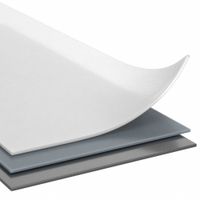
Polycarbonate - Choose-a-Color Sheets & Bars
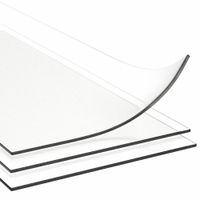
Polycarbonate - Clear Impact-Resistant Sheets & Bars
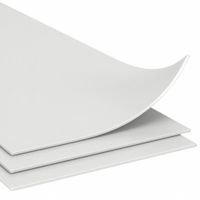
Polyester - Moisture-Resistant Sheets & Bars
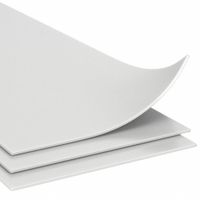
Polypropylene - Chemical-Resistant Sheets & Bars

Polystyrene - Formable Sheets & Bars

PPS - Chemical-Resistant Sheets & Bars
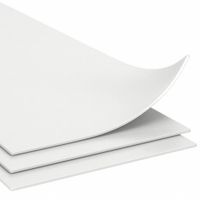
PTFE - Chemical-and Wear-Resistant Sheets & Bars
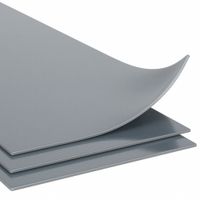
PVC - Chemical Resistant Sheets & Bars

UHMW Polyethylene - Slippery Impact-Resistant Sheets & Bars
Frequently Asked Questions
What are the types of plastic sheets and bars available?
How do I choose the right plastic material for my application?
What are the benefits of using plastic sheets and bars in construction?
How do plastic sheets and bars resist corrosion?
What are the common applications of plastic sheets and bars?
How do plastic sheets and bars serve as electrical insulators?
What is the environmental impact of using plastic sheets and bars?